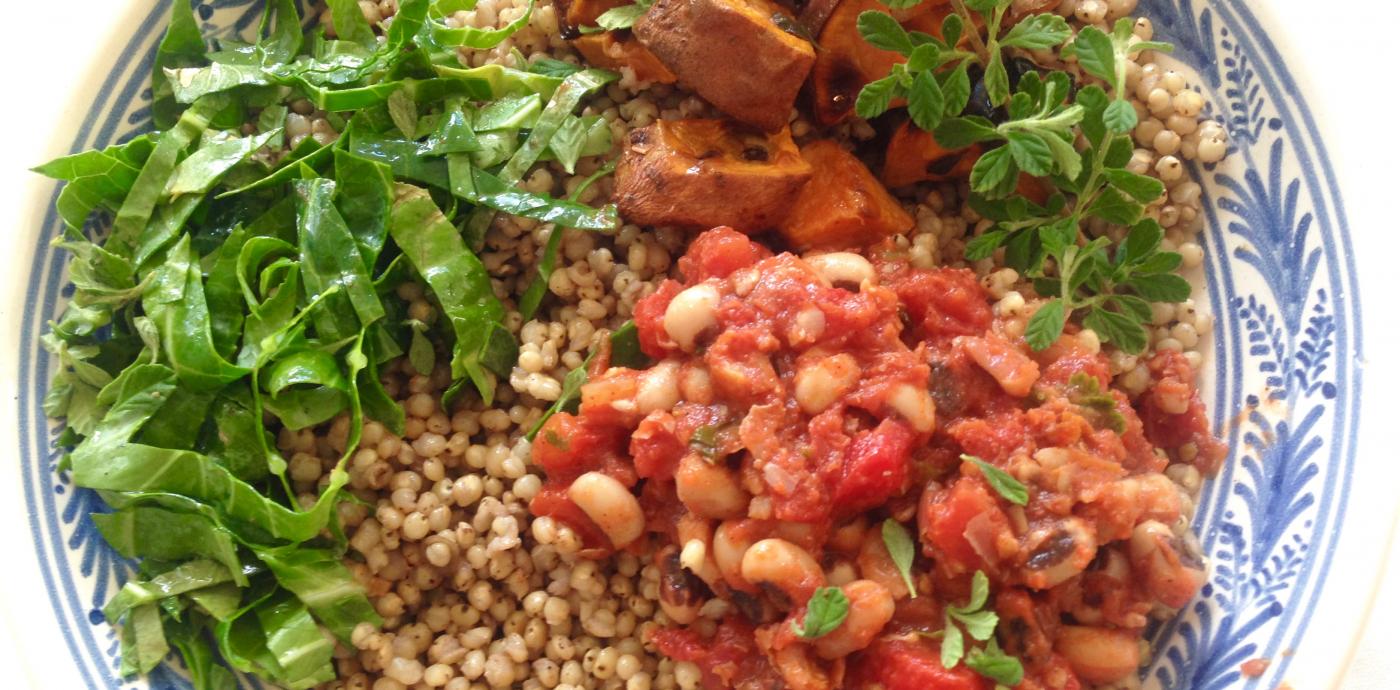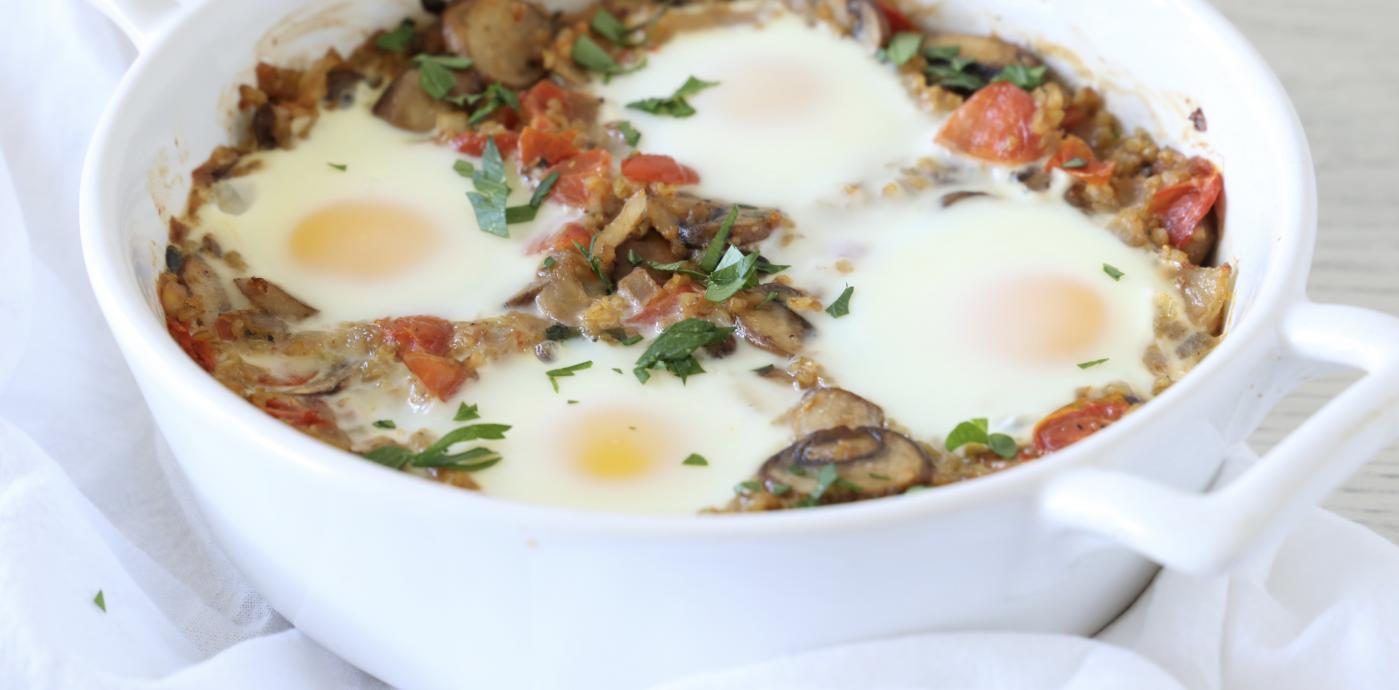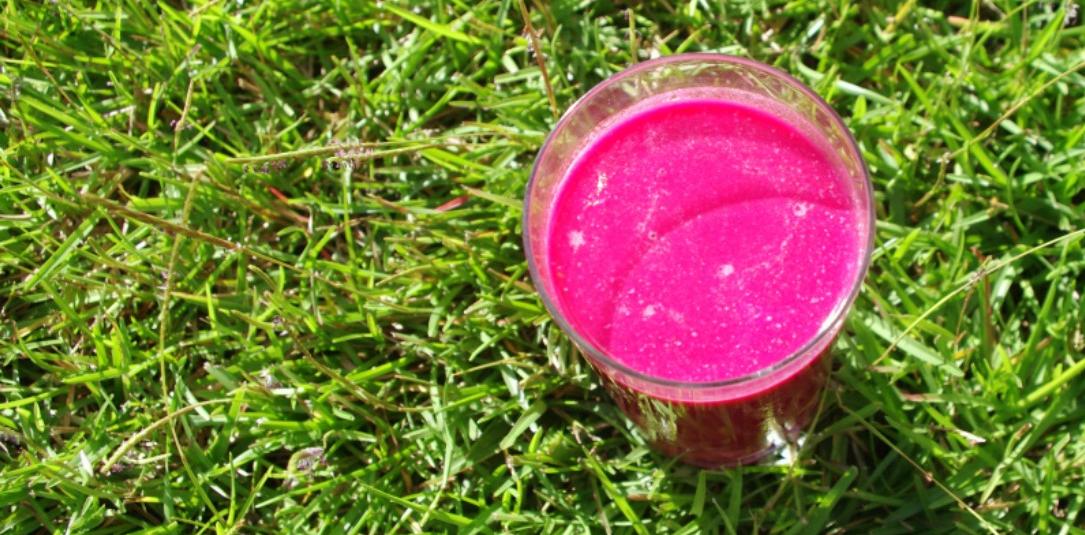Not only do whole grains add nutrition to meals, but they have some tricks up their sleeves. They can be craftily added to, or replace and outperform refined grains in, everyday recipes. For example, tea flour has a beautiful cocoa flavor that makes desserts even more delicious. To help you prepare for the rapidly approaching Whole Grain Sampling Day (March 29), our team of experts provides more ways in which whole grains can be implemented as a secret weapon to boost the flavor or performance of a recipe.
Ask the experts, Secret Whole Grain Weapon Edition
Added Crunch. Crunchy, nutritious, satisfying cooked intact grains, like sorghum, quinoa, or farro add such a nice textural crunch and also satisfying nutritional component to many dishes. For example, adding these grains to a salad not only adds an earthy crunch, but it makes that salad more nutritionally complete and satisfying.
Binding Tool. I love to add oats to many dishes on the sly to add a binding component. For example, when I make my own home-made veggie burger, veggie balls, or veggie loaf, I add oats to help bind them so that the ingredients stick together nicely without falling apart, and you may not even know they are there when you dig in.
Sharon Palmer, RDN, The Plant-Powered Dietitian, author of Plant-Powered for Life, SharonPalmer.com
Powerful Pizza. I love an occasional slice of pizza. To make it healthier and improve its nutrition profile, use half whole-wheat and half all-purpose flour. It will yield a light crust with a yummy nutty avor (courtesy image below). And you’ll get a healthy dose of fiber, folate, and magnesium. Top the pizza with your favorite veggies and you’ve got a tastyand super healthy slice!
Lisa R. Young, PhD, RD, adjunct professor of nutrition at New York University, www.portionteller.com
Freekeh for the Win. Whole grains can add a lot of flavor to dishes, and Freekeh is a great example to make any meal pop! Freekeh (pronounced free-kah), is an ancient roasted grain with a smokey flavor and a nutty, chewy texture. Freekeh enhances the flavor of soups, salads, and all dishes that call for rice. The taste and texture of this grain is my secret ingredient that adds great taste and nutrition to your recipes. A ¾ cup serving of cracked Freekeh contains 6 grams of protein and 4 grams of fiber and is packed with many vitamins and minerals including zinc, iron, and calcium, as well as prebiotics for gut health. You’ll love the flavor freekeh brings to this dish: Baked Freekeh with Sunny-Side Up Eggs (courtesy image below).
Kathy Siegel, MS, RDN Nutrition Consultant at Triad to Wellness.
Level Up. I love adding whole grains to hearty meals like soups, stews, and chili. I will add barley to a vegetable soup, sorghum to a beef stew, and bulgur to a vegetarian chili. The whole grains add a whole new level, and with the added fiber help keep me feeling satisfied for longer!
Toby Amidor, MS, RD nutrition expert and author of The Greek Yogurt Kitchen: More Than 130 Delicious, Healthy Recipes for Every Meal of the Day.
Trade Up Couscous for Sorghum. They look alike they’re both plump, round buttery-colored grains but sorghum outperforms. This ancient whole grain has African origins, mild flavor, and pleasing chew, and it never, ever goes soggy or mushy. All this and it’s gloriously gluten-free. Sorghum is perfect in whole grain salads or as the core component for a meal in a bowl, like this African-inspired one (courtesy image below).
Ellen Kanner, Hungton Posts Meatless Monday blogger, author of Feeding the Hungry Ghost: Life, Faith and What to Eat for Dinner and Oldways Vegetarian Network advisor
Scrumptious Swap. Whole grains are my favorite food group, hands down! One of my favorite swaps is using a thick slice of seeded whole grain bread to make a delicious avocado toast. Unlike generic wheat bread, seeded whole grain bread packs more protein, fiber, and texture. Not only are your taste buds blown away, but you’ll be satiated and satisfied much longer after your meal. I like this Tuna Salad Sandwich (courtesy image below) on thick, seeded whole grain bread on Fridays during Lent!
Elizabeth Shaw, MS, RDN, CLT, Nutrition Communications Consultant at www.shawsimpleswaps.com, Author & Fertility Expert, Fertility Foods 2017.
Not Your Ordinary Oats. We know by now that oatmeal is healthy. Rolled oats, like other whole grains, are loaded with fiber, particularly soluble fiber that aids digestion and regulation of blood sugar levels, helps provide satisfaction and control appetite, and lowers levels of cholesterol and blood pressure to reduce risk of heart disease and stroke. Oats are also a good source of satiety-promoting resistant starch (about 4.4 grams per ¼ cup), gut-friendly prebiotics, the trace mineral manganese, and, perhaps surprisingly, protein (about 3 grams per ¼ cup).
While a bowl of warm oatmeal for breakfast is great, you can also use them to brighten up the cold, drab winter mornings with my vibrantly pink Red Revitalizer (courtesy image below). This thick and creamy smoothie offers a balance of protein, healthy fats, complex carbohydrates, fiber, and antioxidants as is, but adding 2 to 4 Tbsp yogurt or kerrich in probiotics (and more protein)can give your immune system an extra boost!
Heather Goesch, MPH, RDN, LDN, nutrition consultant and food blogger at Heather Goesch Nutrition, contributing author to Food & Nutrition Magazine, www.heathergnutrition.com











Leave a comment